At this point there is no way to solve for y. Therefore we make the following definition:
Here are some examples of logarithmic facts and their equivalent in exponential form.
Use this definition to rewrite the following in logarithmic form.
Use the proper terminology when reading logarithms,
reads “log base 5 of 125 is 3.” If given
then x is called the argument of the logarithm. Also, notice that y is an exponent so the logarithm is actually an exponent, this will be important later.
Evaluate without using a calculator.
Instructional Video: Introduction to Logarithms
The base b can be any real number greater than zero but not including one - 10 and the natural base e are used often.
A logarithm without a base is interpreted as the common logarithm.
Often the logarithms do not work out so nicely and we will need to use a calculator to evaluate them.Here are the steps for using a TI-30x calculator. Other scientific calculators are similar.
So if we round off the nearest thousandth we have
Evaluate using a calculator rounding off to the nearest thousandth.
YouTube Videos:









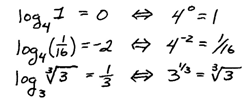

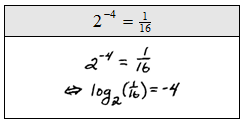


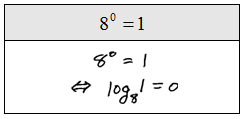
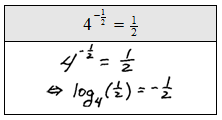







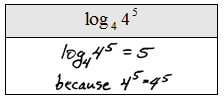


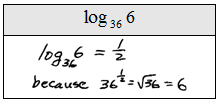



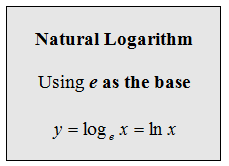


















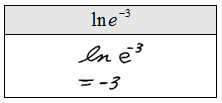



comment 0 التعليقات:
more_vertsentiment_satisfied Emoticon